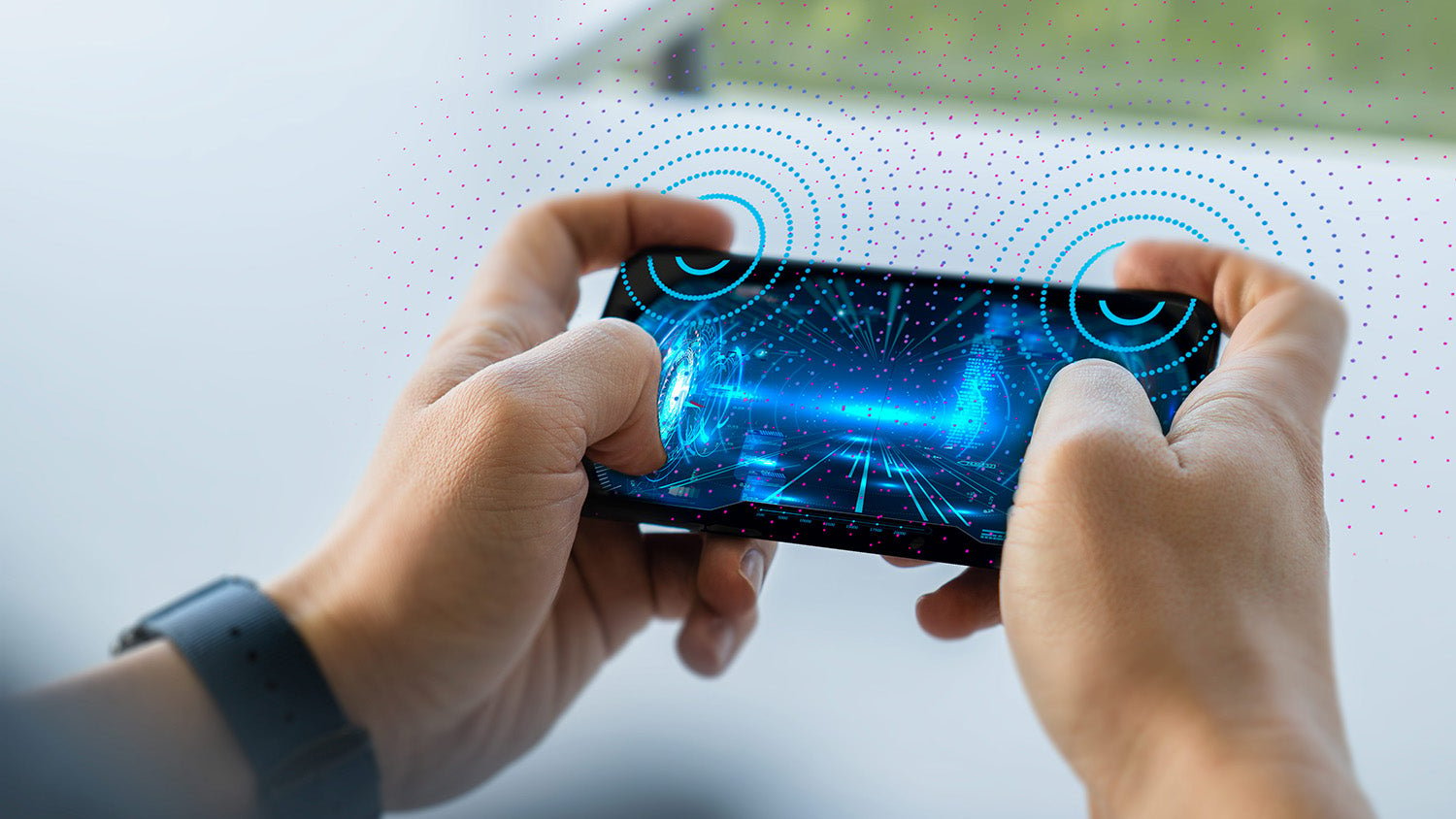
Video games have come a long way since they were first created. Avid gamers playing Tennis for Two on their massive Atari consoles in the late 1950s could not have predicted what the future of gaming would look like. Today, we can play crystal-clear versions of our favorite video games from pretty much anywhere. The future of gaming is now, and the numerous up-and-coming cloud gaming services can attest to that.
In a nutshell, cloud gaming is the ability to play a video game from any device, meaning we are no longer tied to a specific platform or gadget. Without a console, cloud gaming uses remote data centers to provide gamers with the necessary processing capabilities they require to stream a game directly to their smartphone, tablet, or computer. It allows us to separate the technical power from the gaming experience.
Cloud gaming is still in the experimental phase. Platforms like Stadia, Luna, GeForce Now, and Apple Arcade are not yet equipped to compete with the famous gaming consoles we know and love. They require a strong internet connection and are often bogged down with glitches and other technical problems that put users off. Yet, while they have a long way to go, at least they are opening up new possibilities in mobile gaming. Now, what if gaming smartphones were the missing key to making gaming platforms mainstream?
What Is a Gaming Smartphone?
Gaming is always at the cutting edge of hardware specs. Developers work hard to keep their fanbases coming back for more by regularly improving how users can interact with the game's features and better enjoy their playtime. However, all these fancy upgrades generally have little to nothing to do with smartphones. As a result, there is still not much of a difference between a flagship phone and a gaming phone in terms of performance for playing video games.
To offer a real difference, smartphone manufacturers have started enhancing the gaming experience by replicating the feel of a gaming controller. Nowadays, users can take advantage of new touch screen advances to play their favorite games more efficiently and comfortably. Haptics is currently a highly-coveted technology that has become essential in improving gaming devices. Even PS5 got rave reviews for incorporating haptics into their newest controllers.
When purchasing a gaming-dedicated smartphone, most users often focus on better processors, a multi-sensor camera, or faster storage. Yet, there are other relevant features to consider when choosing a good gaming device, including:
1. Internals
The processor plays an extremely important role in the overall gaming capabilities of a device. A smartphone needs to be fast enough to deliver an acceptable performance when playing video games. Mobile gamers typically require a device with enough storage. This feature is especially relevant if they play games that require additional downloads.
2. Cooling
Like with any other device, smartphones running video games tend to get hot. This issue can cause throttling, which slows things down in an effort to cool down the device. This problem will inevitably affect the processor's performance at crucial moments of the game. Mobile gamers must seek gaming phones with an advanced cooling mechanism to keep this from happening.
3. Battery Capacity
Video games tend to require a lot of power to run on a device efficiently. Many factors like refresh rates, graphic settings, and image resolution can drain the battery quickly during a gaming session. The more a user plays, the more battery power is required. That is why smartphone gamers should look for devices with enough battery capacity to support their gaming habits. A good rule of thumb is to look for a device with at least a 4,500mAh battery.
4. Charging Speed
Regardless of the battery capacity of a mobile device, it is bound to get drained at some point. For an uninterrupted gaming experience every time, looking for smartphones with higher charging speeds is recommended. This way, even if the phone ends up running really low on battery or completely loses power during a gaming session, a quick charge will get the user back into action in no time.
5. Screen Resolution
Developers spend so much time making sure video games have the best graphics available for users to enjoy. It is such a shame when those carefully designed and upgraded games are played on a low-resolution screen. Most modern gaming smartphones come with the best resolution available. This feature is crucial to enjoying the gaming experience as it is intended.
6. Refresh Rate
When gaming, every frame counts. That's why it is vital to pay attention to a gaming device's refresh rate before purchasing it. This characteristic allows users to make those in-game split-second decisions more accurately and without missing a beat.
7. Touch Sampling Rate
Modern smartphone screens have a high touch sampling rate. This feature is often overlooked yet extremely important on a gaming device. It defines how fast the game will react to the user touching their display. A slow touch sampling rate will end up frustrating gamers of all levels, and that is why they need to pick a phone with 180Hz touch sampling screens at the very least.
8. Shoulder Buttons
Buttons that perfectly imitate console controllers are mainly present in phones on the higher end of the spectrum. However, they are bound to be seen more in future mid-range devices, as they are an essential addition to the phone gaming world. Numerous games require shoulder buttons to unleash their fullest potential. Phones with touch technology on their screen edges come in particularly handy in this situation, especially when haptics are involved.
9. Audio Quality
Audio is very important to create the right environment when playing certain games. That is why a decent audio quality is expected in gaming-dedicated devices. It is not uncommon for mobile gamers to turn to Bluetooth speakers and other audio solutions to enhance their gaming experience. However, others consider excellent audio quality an important spec when choosing the perfect gaming device.
10. Third-Party Accessory Support
Some users prefer to play their games more privately or in noise-free settings, so third-party accessory support is important when picking the right gaming smartphone. For example, a device that can be paired with Bluetooth headphones is often desirable. Yet, sometimes, a 2.5mm headphone jack will do for less selective gamers. In fact, it is often said this feature is more coveted since it offers zero latency and a lag-free audio experience.
Piezo Haptics for the Best Smartphone Gaming Experience
Until now, mechanical shoulder buttons have been a crucial tool in mobile gaming. However, it is about time more mobile brands incorporate a more sophisticated alternative to offer users a smoother gaming experience. Enter haptics.
Localized Display Piezo Haptics
Localized display piezo haptics have many benefits, including:
- High-fidelity clclick-and-releaseuttons
- In-game contextual haptics
- Localized haptics
- Low cognitive load for input confirmation
- Built-in force sensing for improved accuracy
- False touch rejection
As mentioned above, even PS5 has incorporated haptics into their new controllers with an adaptive trigger. It is only natural that mobile gaming and other gaming alternatives start using this technology to improve user experience.
Piezo Shoulder Buttons
The piezo adaptive trigger can offer users plenty of advantages. Some examples are:
- Replicating the console controller experience
- Offering high-fidelity click-and-release buttons
- In-game contextual haptics
- Providing built-in force sensing
- Enabling seamless button design
Piezo haptic buttons cannot control how hard users press on the trigger. Yet, we can customize the haptic output to make the user feel different types of buttons depending on context. For example, using an in-game rifle would feel different than a simple out-of-game click, or the button would not feel the same once an in-game weapon is empty and ready to be reloaded.
Why Other Technologies Fall Short

There are numerous technologies available for trigger buttons nowadays. However, not all of them support the same features as haptics do. They often offer a less sophisticated mobile gaming experience, leaving users longing for their consoles.
| Features |
Capacitive Sensors |
Force Sensors |
Ultrasonic Sensors |
Piezo Buttons |
| Force Sensing |
X |
√ |
√ |
√ |
| Localized Haptics |
X |
X |
X |
√ |
| Low Power Sensing |
X |
X |
X |
√ |
Capacitive sensors can detect when users touch the smartphone's edge. However, they lack the haptics capacity to create an unmatchable mobile gaming experience. Similar to ultrasonic sensors, capacitive sensors rely on the device's linear resonant actuators (LRA), its vibration motor, to create the haptic button feedback.
On the other hand, ultrasonic sensors can detect force and gesture on the edges of a smartphone, which means they can successfully register gaming input. Yet, these types of sensors do not offer haptic feedback the same way mechanical switches do — given they are located under a seamless surface. Being dependent on the device's LRA, they render it impossible to make sharp clicks or replicate the keystroke feeling.
Boréas piezo buttons are the latest technology to provide mobile gamers with a superior gaming experience. Our piezo actuators have the capacity to detect the user's input on the smartphone edge. They use high-definition haptic feedback to offer the perfect button feel and replicate keystroke feeling without sacrificing device design with bulky mechanical switches.
A piezo button allows the user to actually feel when they press or release it. Moreover, piezo HD haptics is highly customizable, and developers can even control how the button feels depending on the context. These top-notch characteristics make piezo buttons the indisputable champion of mobile gaming technology.
While a few modern devices like the ASUS ROG5 and the Lenovo Legion Phone use ultrasonic technology, they rely on the internal vibration of the motor to buzz while gaming. Unlike piezo buttons, this does not feel as good to the user and provides a poor gaming experience.
Using localized high-definition haptics is much more sophisticated and offers greater detail with sharper clicks instead of making the whole device jerk throughout a gaming session.
Gaming Smartphone Technologies and Cloud Gaming Platforms
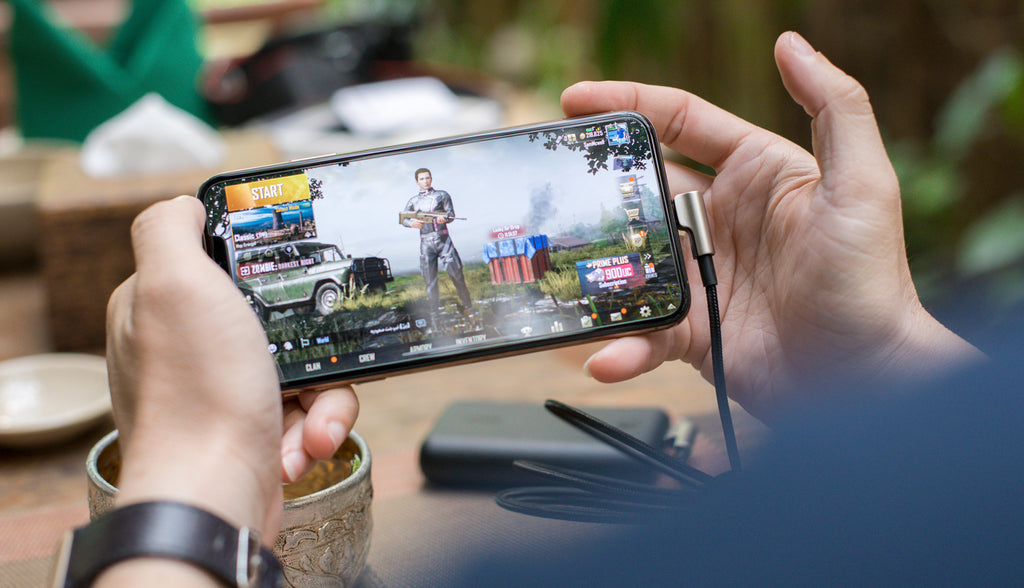
Gaming smartphones make the whole mobile gaming experience a lot more enjoyable than their flagship counterparts. They allow users to play AAA game titles wherever and whenever they want from the comfort of their favorite device. Since doing this is now a real possibility, cloud gaming platforms need to level up and develop the necessary technologies to become more mainstream.
Companies like Samsung, Apple, and Google would benefit from piezo buttons to differentiate their smartphones and sell more gaming subscriptions. After all, they happen to be some of the biggest exponents of the cloud gaming movement nowadays. While mobile gaming still has a long way to go before it can compete with console gaming, the internet giants are placing their bets on creating their own platforms. Google was the first big tech company to release their own subscription service, Stadia, which offers over 20 games for $10 a month or free access to buy games individually.
Other companies closely followed. NVIDIA launched GeForce Now for $10 a month, Amazon launched Luna for $6, and Apple released Apple Archade as a premium subscription gaming service. With these platforms increasingly growing their user base, mobile design companies will need to step up their game and provide users with the best technology available to enhance their gaming experience. It wouldn't be surprising to find more and more mobile devices of all ranges with seamless haptics in the near future.
Request a Gaming Smartphone Demo
There is no denying that the future of gaming is moving towards mobile devices. Although it is unlikely that console gaming will cease to exist — at least anytime soon — the fact that big names in tech are putting time and effort into mobile gaming technology says a lot.
At Boréas, we are looking to drive the next standard in mobile gaming controllers. We offer companies like yours the technology to implement the highest quality piezo haptics into their devices. If you are interested in learning more about the newest screen technologies and how they work, visit our mobile applications site. Reach out to us, and request a demo today.

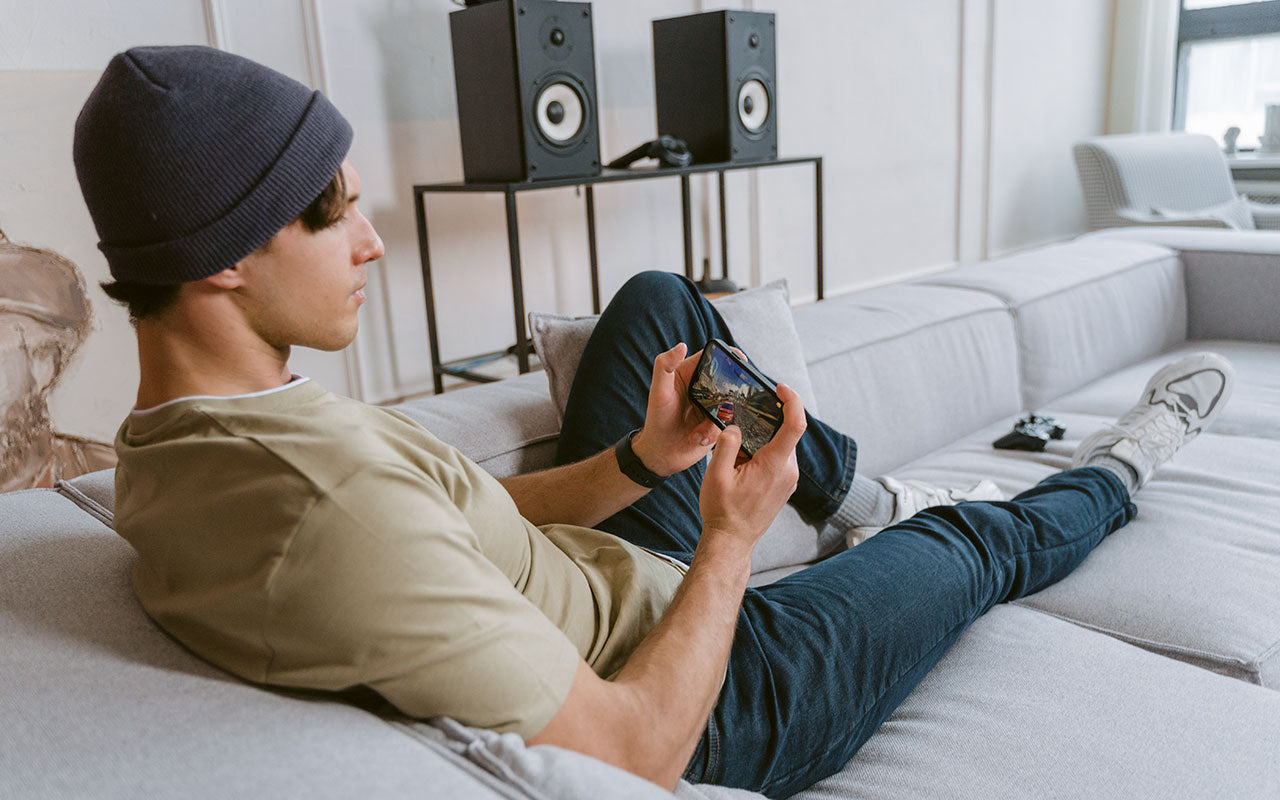
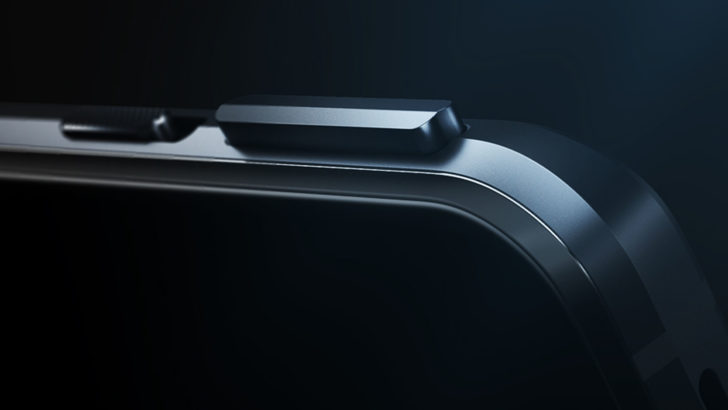
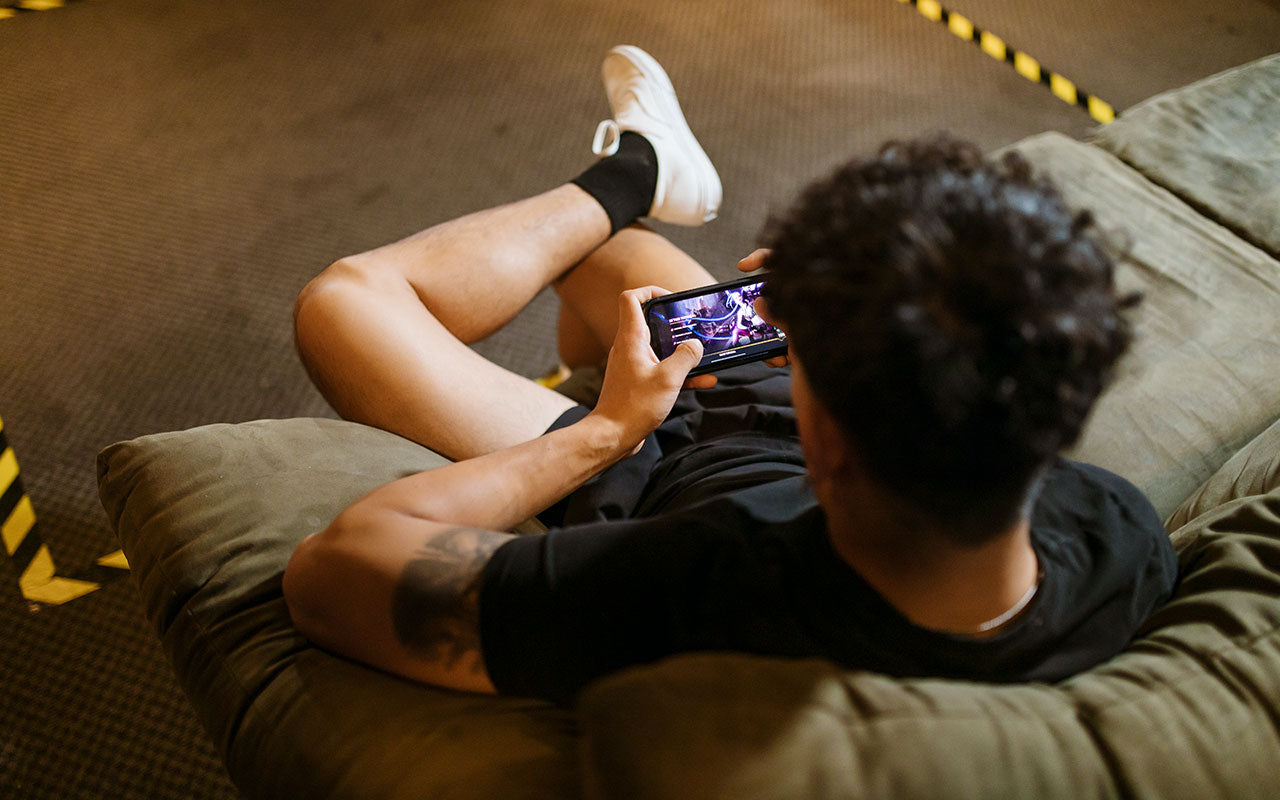
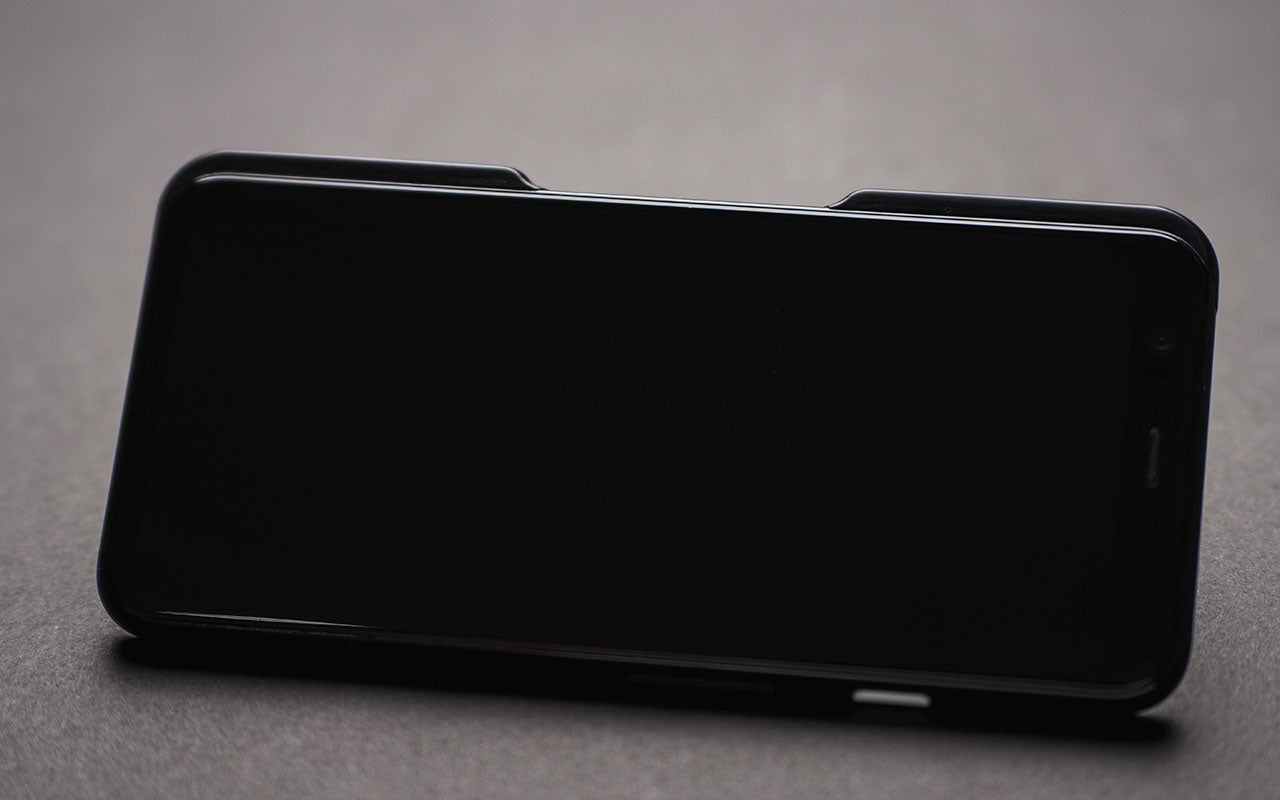
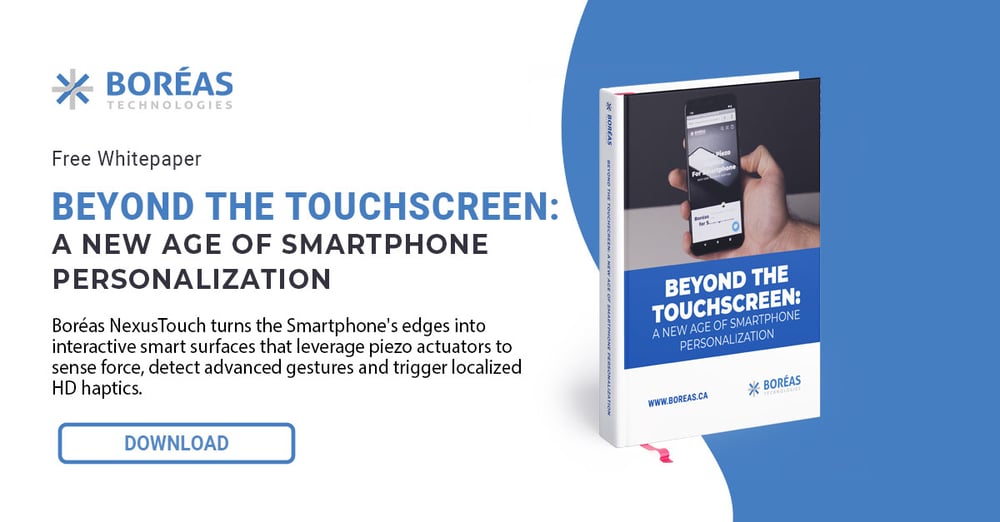
Leave a comment